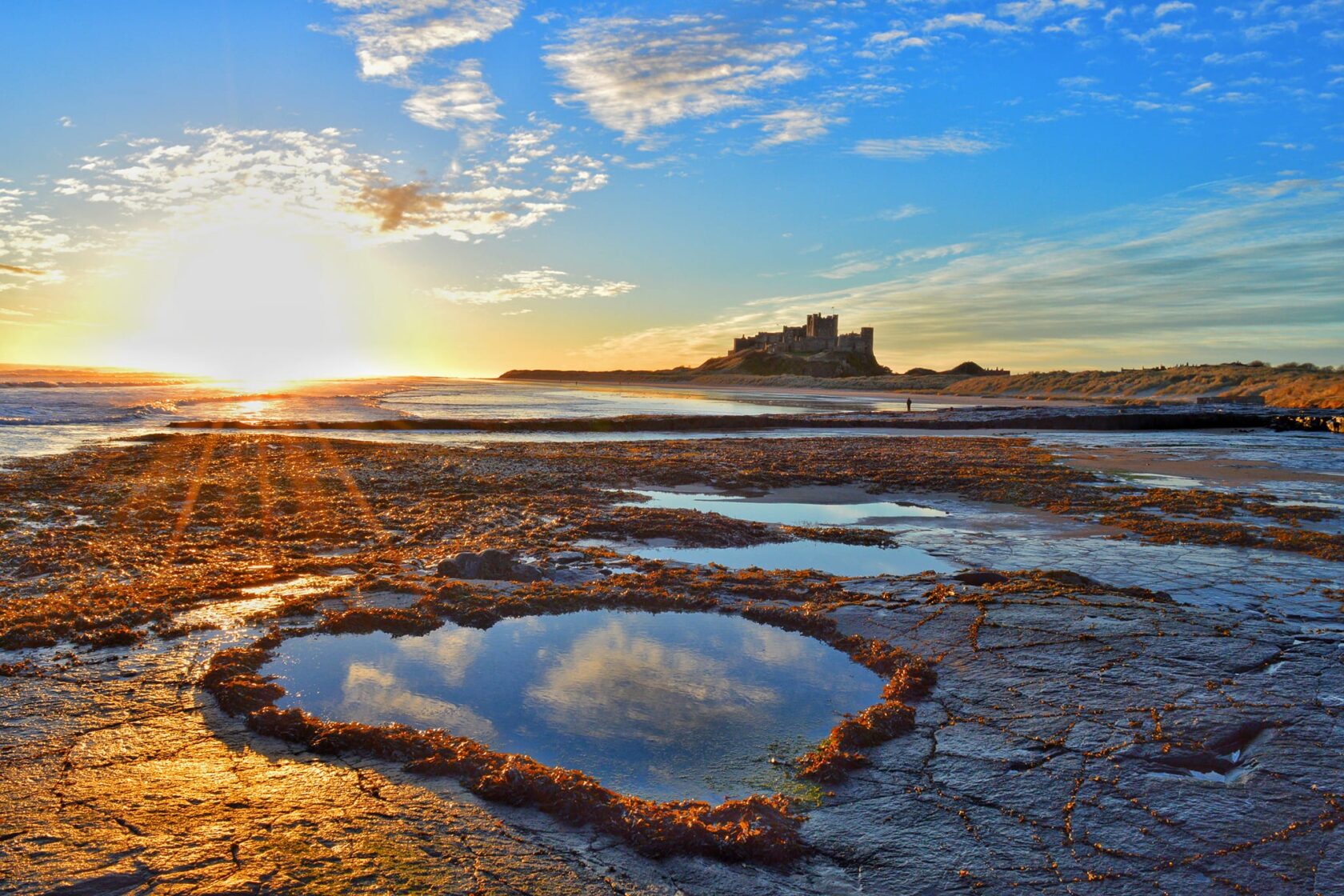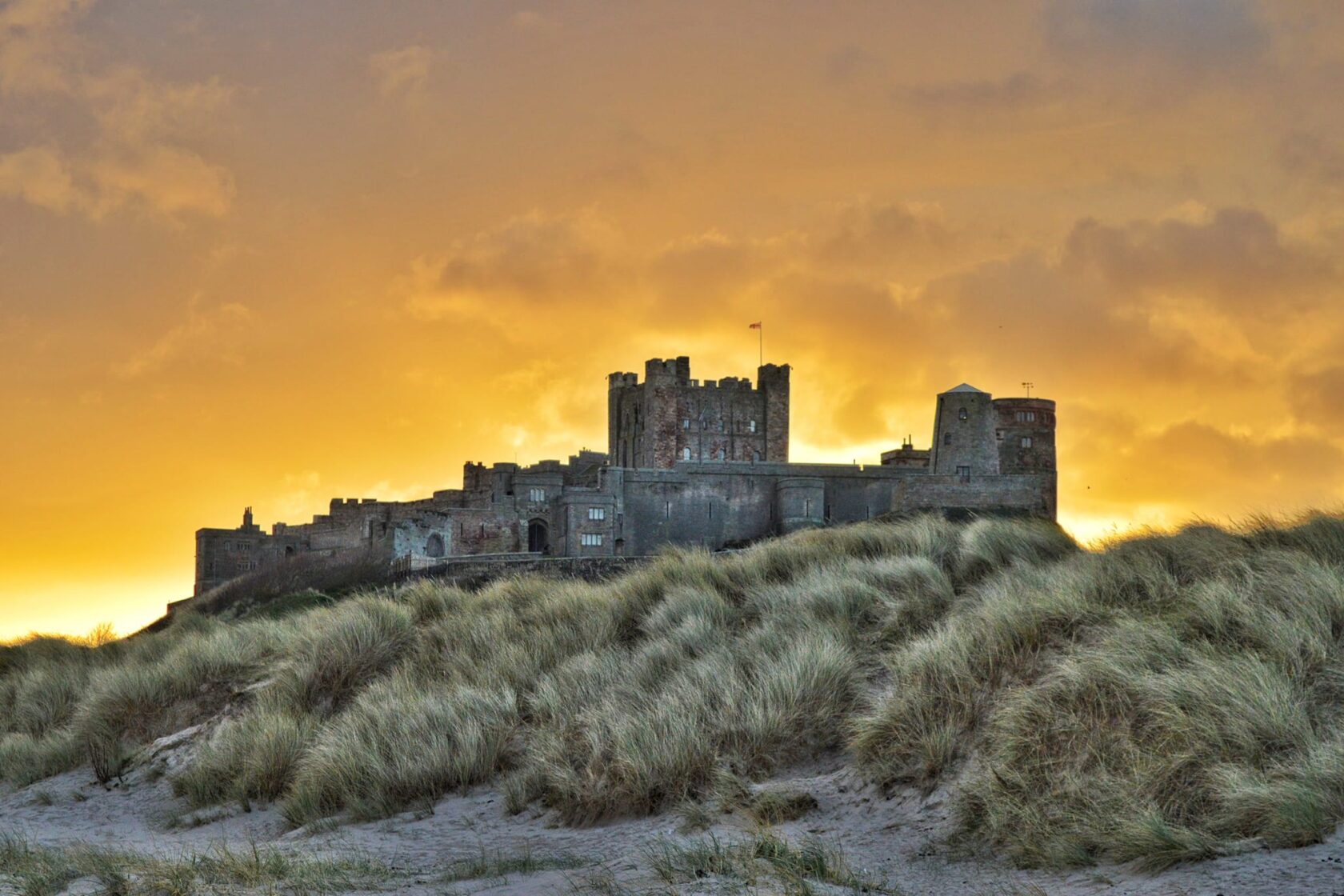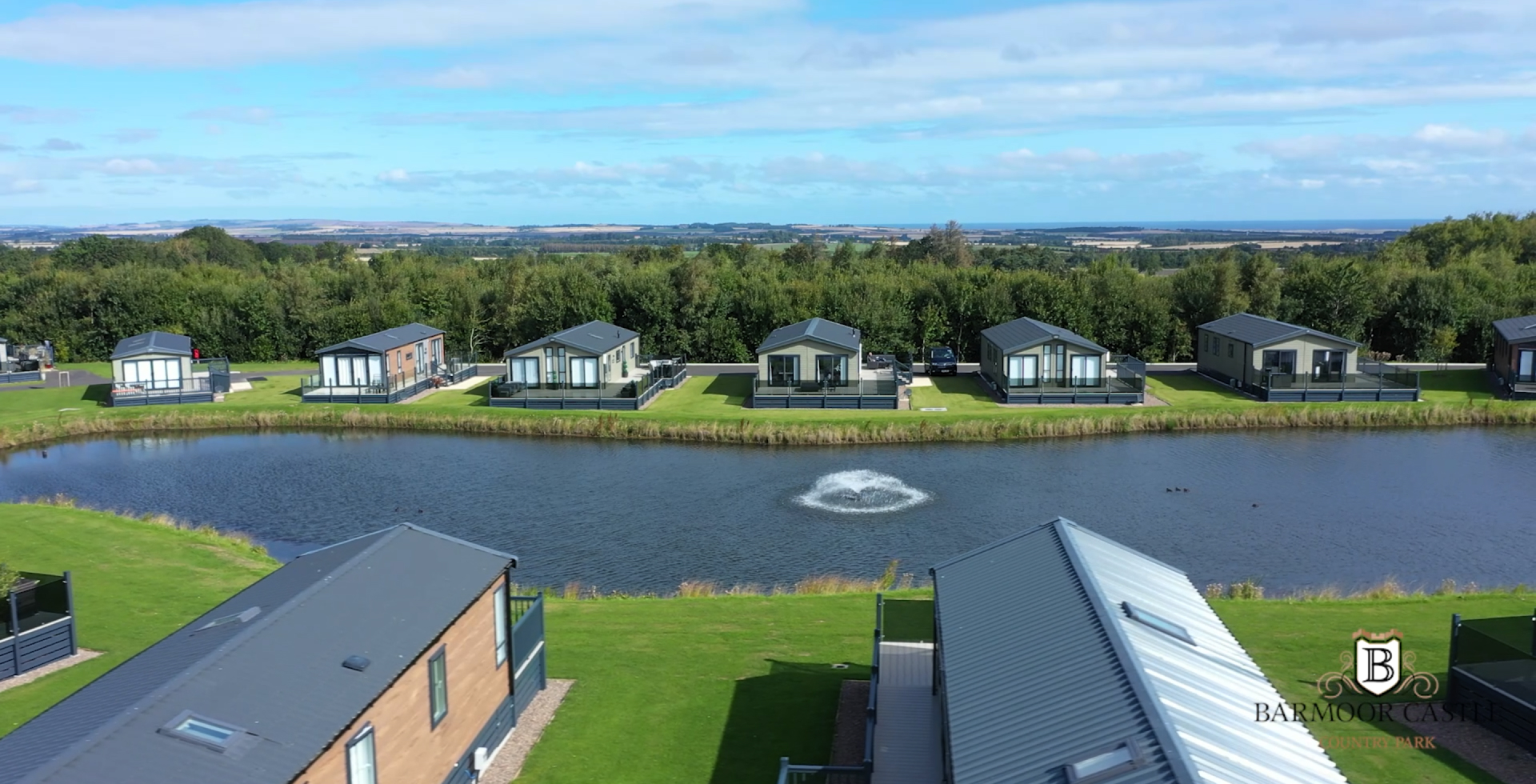Northumberland may be known for its castles and coastlines, but spend a little time with your eyes open and you’ll soon realise: this county is teeming with wildlife. From puffins in the sea spray to red squirrels in the treetops, Northumberland is one of the UK’s richest regions for wildlife — and you don’t need to be a seasoned naturalist to enjoy it.
Here’s your guide to the wild neighbours you’re most likely to encounter — and where to go for the best chance of spotting them.
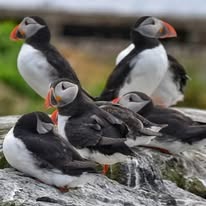
Puffins on the Farne Islands – Credit @darrensphotos
1. Puffins, Seals, and Seabirds: The Farne Islands
Let’s start with the stars of the show. The Farne Islands, just off the coast from Seahouses, are one of the UK’s most important wildlife havens. In spring and summer, the islands host tens of thousands of breeding seabirds — including the beloved puffin, which waddles ashore in April to start nesting.
Alongside puffins, you’ll spot guillemots, razorbills, Arctic terns (watch your head!), and shags. Grey seals also haul out on the rocks year-round, with pups born in autumn.
Best way to see them: Book a boat trip from Seahouses. Binoculars recommended; puffin envy inevitable.
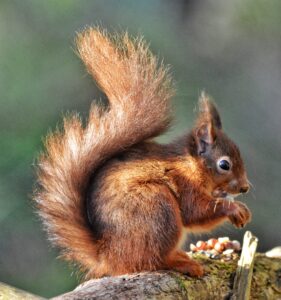
Red Squirrel – Credit @darrensphotos
2. Red Squirrels: Shy, Fluffy, and Hanging In There
Northumberland is one of the last strongholds of the endangered red squirrel, which has sadly been pushed out of much of England by its chunkier grey cousin. But in forests like Kielder, Harbottle Woods, and Thrunton Wood, red squirrels still thrive — if you’re lucky and quiet.
They’re smaller than greys, with big ear tufts and a coat that ranges from rusty orange to deep auburn. They’re quick too, so keep your camera handy and your peanut stash hidden.
Top tip: Early morning or dusk is the best time to spot them. And remember — patience is a virtue (especially in a forest).
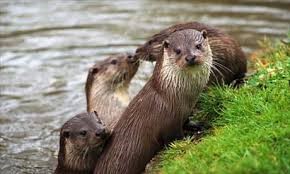
Otters in Northumberland – Credit The Guardian
3. Deer, Otters, and Other Quiet Characters
Northumberland’s wilder corners, such as Kielder Forest and the Cheviot Hills, are home to roe deer, fallow deer, and even otters, although you’ll need a bit of luck and stillness to spot the latter.
Otters are often seen in rivers such as the Coquet or Till, especially at dawn or dusk. Look for ripples, spraints (the polite word for otter droppings), or the occasional flash of a sleek brown body slipping into the water.
Did you know? Otters can hold their breath for over four minutes and use their sensitive whiskers to detect prey in murky water. Wildlife ninjas, basically.
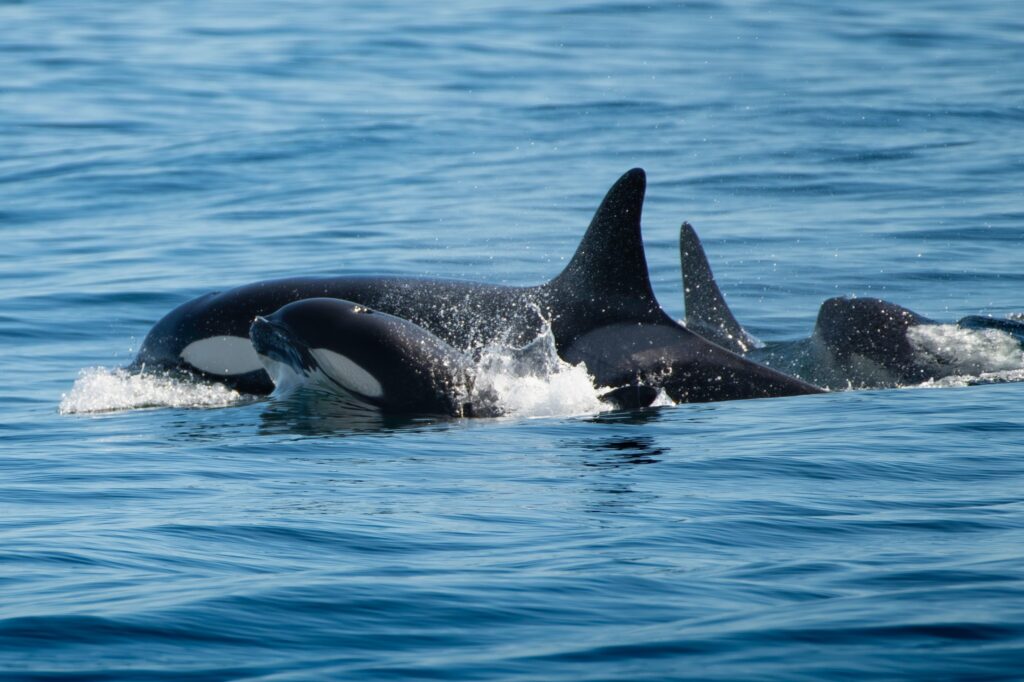
Orcas near The Farne Islands – Credit to Roger Stanger Photography
4. Coastal Surprises: Dolphins and Whales
If you’re on the coast, keep your eyes on the horizon — bottlenose dolphins, harbour porpoises, and even orcas are occasional visitors to Northumberland’s waters, particularly between May and September.
The stretch between Bamburgh and Craster is a prime spot, especially on calm days when the sea is still and the views are long.
Pro tip: Bring a flask, find a sheltered clifftop, and settle in. Even if you don’t spot a fin, you’ll have the view.
5. Birds of Prey and Skylarks in the Hills
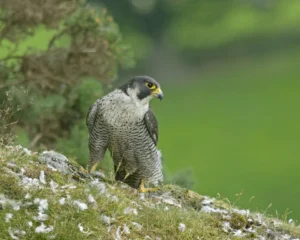
Peregrine Falcon – Credit to John Hawkins
Head inland to the moorlands and uplands of Simonside, College Valley, or the Cheviots, and you’ll be treated to a different kind of spectacle. Buzzards, kestrels, and red kites circle overhead, while skylarks sing from above open heather fields.
If you’re very lucky, you might even glimpse a peregrine falcon — the world’s fastest bird — or catch sight of a short-eared owl hunting low over the grass at dusk.
Listen out for: That tell-tale “mewing” cry of a buzzard or the sweet, trilling song of the skylark – the background music of the Northumbrian hills.

Tawny Owl – Credit Margaret Holland
6. Bats, Badgers, and Nightlife
Don’t pack up just because the sun’s gone down — Northumberland’s nocturnal wildlife is just getting started. Bats flit across quiet lanes and churchyards, especially in places like Alnwick, Warkworth, and Ford. Badgers, shy and elusive, live in setts across the countryside and can sometimes be glimpsed at twilight.
And if you’re really lucky, on a clear night you might just hear the bark of a fox or the eerie call of a tawny owl echoing through the woods.
Perfect pairings: A sunset walk, a warm jumper, and a head torch.
Protecting the Wild North
Much of Northumberland’s wildlife depends on its protected landscapes — from Northumberland National Park to the Northumberland Coast AONB (Area of Outstanding Natural Beauty). Respecting nature, keeping dogs on leads near livestock or nesting birds, and leaving no trace helps keep these places special for everyone — wildlife included.
And don’t forget: the best sightings often come when you’re not really looking. So slow down, breathe in the fresh air, and enjoy the show.
In Summary: Wildly Worth It
From the chirp of skylarks to the splash of seals, the natural world in Northumberland is quietly extraordinary. It’s wild, yes — but accessible, welcoming, and all around us, if we just pause long enough to notice.
So whether you’re on a mission to spot puffins or just hoping to bump into a red squirrel on your morning walk, Northumberland’s wildlife is out there — waiting to surprise you.

Seal on the Farne Islands – Credit @darrensphotos

